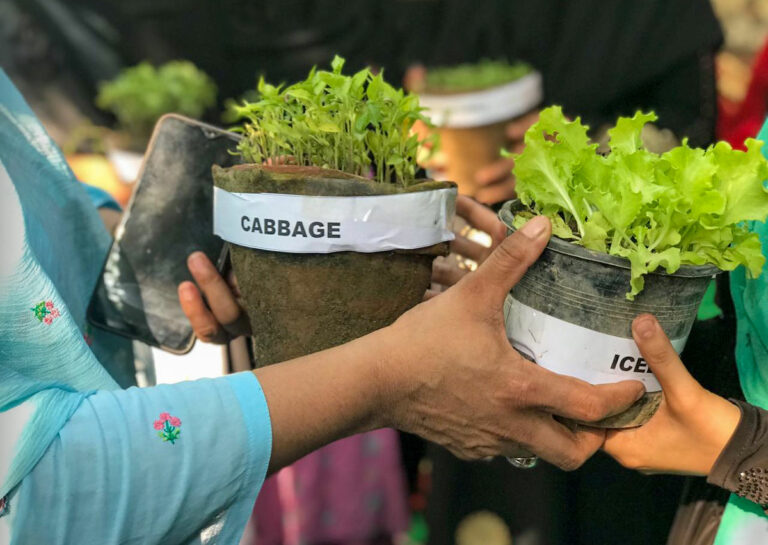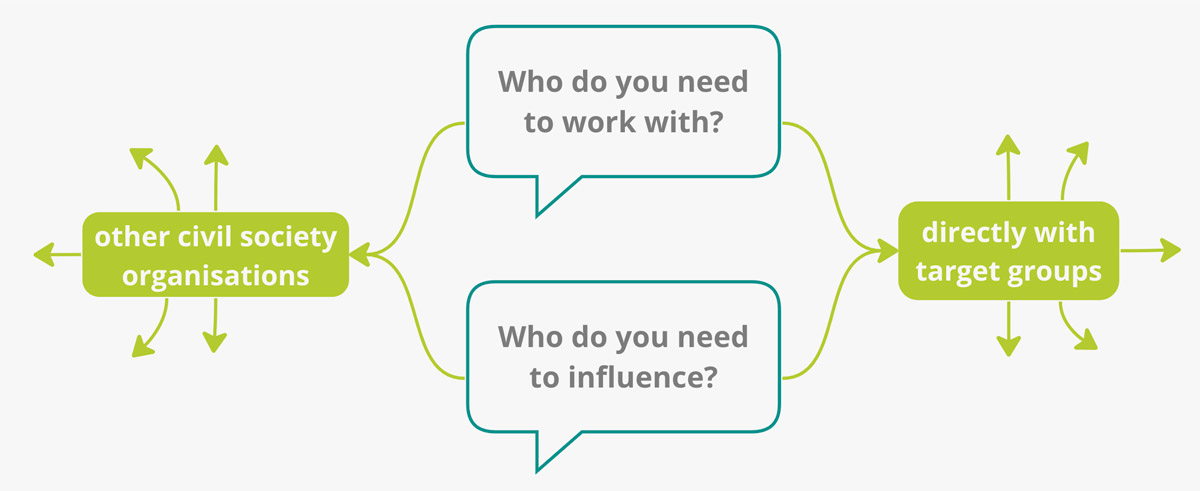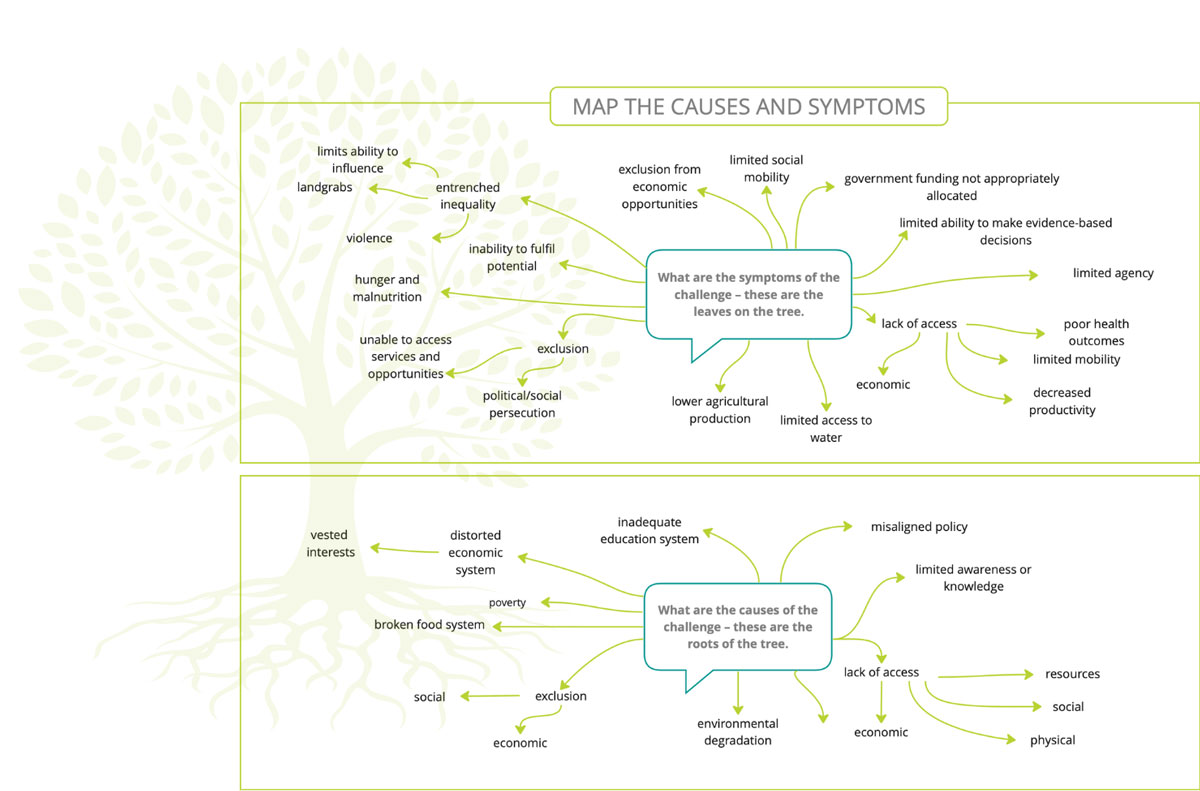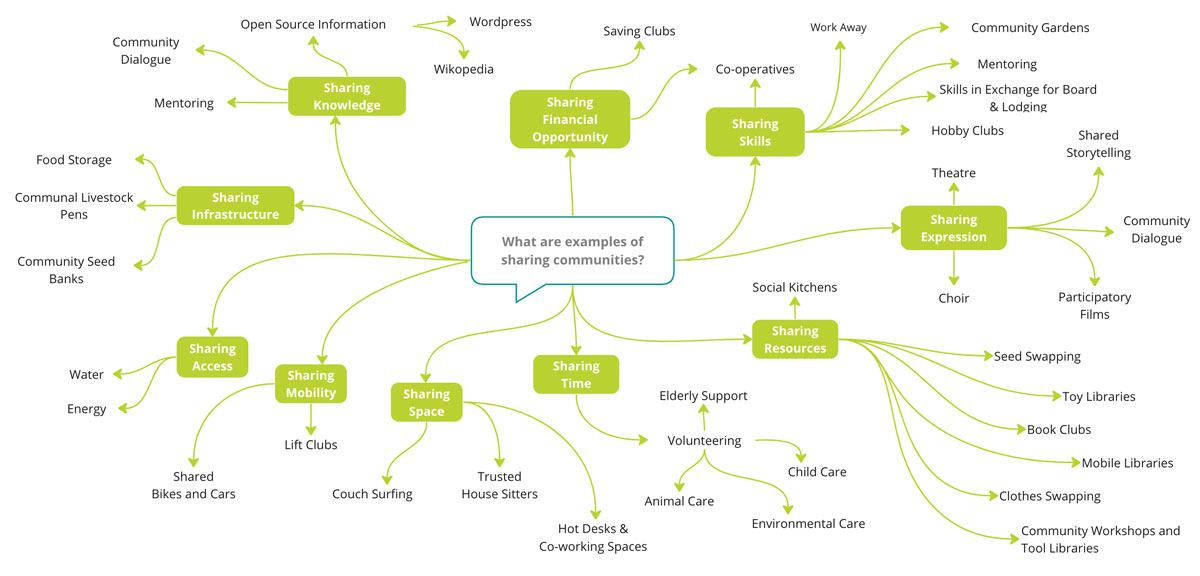How to Run a Green Action Week Campaign
The theme of Green Action Week is Sharing Community – a transformative path towards sustainable consumption. Your campaign should focus on how sharing knowledge, resources, skills and access can create stronger, more resilient communities while reducing environmental impact.
A successful Green Action Week campaign should:
- Build a sharing community as a solution towards sustainable consumption.
- Encourage consumer action on a key issue.
- Build networks and partnerships to strengthen impact.
- Showcase solutions to pressing problems (such as hunger, exclusion, waste or food insecurity).
- Include a clear call to action that engages your community.
- Be measurable so you can track results.
- Include or amplify marginalised voices, particularly those of women and vulnerable groups.
Plan your activity using the guide below, and let us know what you’re doing by emailing us at info@greenactionweek.org. Tag @GreenActionWeek and use #GreenActionWeek2025 #SharingCommunity to connect with the global movement and show how local actions can spark transformative change.

Planning Your Campaign
We have designed some tools to help you think through campaign activities that could strengthen your organisation’s existing work related to sustainable consumption, with a focus on the Sharing Community theme. The planning process will help ensure your campaign activity effectively reaches the stakeholders you need to influence. By aligning your campaign activities with the Sharing Community theme, you can create practical actions that extend your organisation’s influence and showcase its solutions to current challenges to a wider network.
The more we share, the more we have.
Leonard Nimoy
1) Set Your Campaign Goal
- Brainstorm campaign idea
- Address the cause, not the symptom
- Make your goal clear
a) Brainstorm Campaign Goals
Brainstorm ideas with a team. Ask everyone to write down 3 ideas for a campaign goal (take about 5 minutes), then ask them to pass their ideas to the person on their right, who will add to the idea (take about 5 minutes).
Do this until the idea has passed through everyone in the room. If you have a big team, then set a time limit like 30 minutes and then stop. Once each idea has at least three or four people’s input, ask your team to present the ideas, discuss them and decide which goal you will adopt for the campaign.
b) Address The Cause, Not The Symptom
Is your end goal a symptom or a cause? It is better to focus energy on resolving the causes of unsustainable consumption and not the symptoms. See the image of the tree below that shows the difference between these.
c) Make Your Goal Clear
Choose the most appropriate goals from the brainstorming session and write this out as the end goal of the campaign. Some examples are given below.
WE WANT TO STOP OCEAN POLLUTION
BECAUSE IT RESULTS IN CLEANER AND HEALTHIER SEAS
WE WANT TO PROMOTE RENEWABLE ENERGY
BECAUSE IT RESULTS IN SELF SUFFICIENCY AND SLOWS CLIMATE CHANGE
WE WANT TO SUPPORT SEED SOVEREIGNTY
BECAUSE IT RESULTS IN ABUNDANT INDIGENOUS FOOD IN THE FUTURE
WE WANT TO STOP CLOTHING WASTE & POLLUTION
BECAUSE IT RESULTS IN A CLEANER PLANET FOR OUR CHILDREN
What does your organisation want to do and why? Fill in the blanks.
WE WANT TO …………………………………………………………………………………….
BECAUSE IT RESULTS IN …………………………………………………………………
Select Your Stakeholders
To achieve your goal, who do you need to work with and who do you need to influence? For example, could your campaign be stronger if your organisation partnered with other organisations or institutions? And, very importantly, which stakeholders do you need to reach to bring about the change you want to see – consumers, policymakers, communities, etc.?

Plan Campaign Activities
- Brainstorm creative campaign activities that will support your goal.
- Check that campaign activities meet the Green Action Week criteria.
- Link them to a Sharing Community concept.
- Finalise your campaign activities.
a) Brainstorm Activities
Now you have a goal for your campaign, brainstorm about what activity/activities your organisation can undertake that will help you reach that goal.
Prompts to help your team to think about campaign activities could be:
- What activity/activities will bring about the desired change (your goal)?
- What activity/activities will reach the people we need to influence?
- What activities will have the most impact?
There are many ways to brainstorm ideas:
One way is to ask your team to write their ideas down on sticky notes and put them up on a wall or board (about 5-7 minutes), then give everyone about 10 minutes to add to the existing ideas or add new ones. Reject no ideas at this stage. You can then group ideas that are similar and discuss each idea with the team, selecting the ones that seem the most impactful.
b) Check That Activities Meet The Criteria
Check the activities against the criteria for a Green Action Week campaign. Do they?
- Encourage consumer action on a particular issue?
- Help build new or existing networks and partnerships?
- Showcase a solution to a pressing problem (hunger, biodiversity loss, economic/political exclusion, pollution, extractive industries, unequal access to resources and marginalisation, waste, etc.).
- Have a clear call to action?
- Enable results monitoring by being measurable?
- Incorporate ways to include vulnerable and marginalised voices, particularly of women?
- Contribute to building a Sharing Community?
The goal is to bring about larger cultural or systemic change by sharing the stories of participants around the world in Green Action Week to raise awareness of what is possible.
c) Map Your Contribution to Sharing Community
Green Action Week focuses on showcasing different elements of Sharing Community – the many different ways that we can consume more sustainably while building community collaboration to overcome some of the challenges that we face.
A sharing community is united in common visions related to strong community and cooperation networks, sustainable and safe food and farming systems, equitable access to the economy and resources, clean environments, recognition of all knowledge systems, and more.
Mark on the map where your campaign activities contribute to building Sharing Community. You can add more to the map if what you want to do is not covered here. Email us a copy of your additions so that we can update It throughout the campaign.
d) Finalise Your Activities
What activities will your organisation undertake for its campaign? Fill in the blanks.
WE WILL UNDERTAKE THE FOLLOWING ACTIVITIES
TO REACH OR INFLUENCE THE FOLLOWING STAKEHOLDERS
TO ENCOURAGE THEM TO
4) Make Your Campaign SMART
Your campaign goal and activities should be S.M.A.R.T
(Specific, Measurable, Accountable, Realistic, and Timely).
Watch this short 1-minute video explaining each step.
Specific The more specific your goal, the easier it will be to reach it!
Measurable How will you know that your activities are making the difference you want to see – whether that is raising awareness with a particular group of people, influencing policymakers, or changing behaviour.
Accountable Allocate responsibility to different team members for making it happen!
Realistic It is important to set goals and plan activities that are achievable with the resources that you have.
Timely Set deadlines for key milestones in planning, organising, hosting and promoting your campaign to make sure that it achieves maximum impact.
5) Write Your Campaign Statement
Write out your full campaign statement, see example below:
WE WANT TO USE STREET THEATRE (Campaign Activities)
TO ENCOURAGE CONSUMERS (Target Stakeholders)
TO USE RECYCLABLE SHOPPING BAGS (Campaign Purpose)
TO STOP THE USE OF PLASTIC BAGS THAT END UP POLLUTING OCEANS (Campaign Goal).
WE WANT TO ……………………………………………………………………………………………………………………..
TO REACH/INFLUENCE ……………………………………………………………………………………………………
TO ENCOURAGE/CHANGE/SHIFT ……………………………………………………………………………………
TO RESULT IN ………………………………………………………………………………………………………………….
WE WANT TO
…………………………………………………………………………………………………………
TO REACH/INFLUENCE
…………………………………………………………………………………………………………
TO ENCOURAGE/CHANGE/SHIFT …………………………………………………………………………………………………………
TO RESULT IN …………………………………………………………………………………………………………
6) Scale Your Campaign
There are many ways to scale the impact of your campaign. You can work with partners and leverage their networks as well as your own to raise awareness of your campaign, you can make sure to invite the media to some of your campaign events, you can share your images and stories in the lead up to and during the campaign, and you can actively participate in Green Action Week global activities.
Tag @GreenActionWeek in your social media posts so we can share them across our platforms and networks! Don’t forget to also use #GreenActionWeek2025 and #SharingCommunity to join the conversation.
Join Green Action Week 2025
Once you’ve planned your activity, let us know what you’ll be up to so we can follow your campaign!

